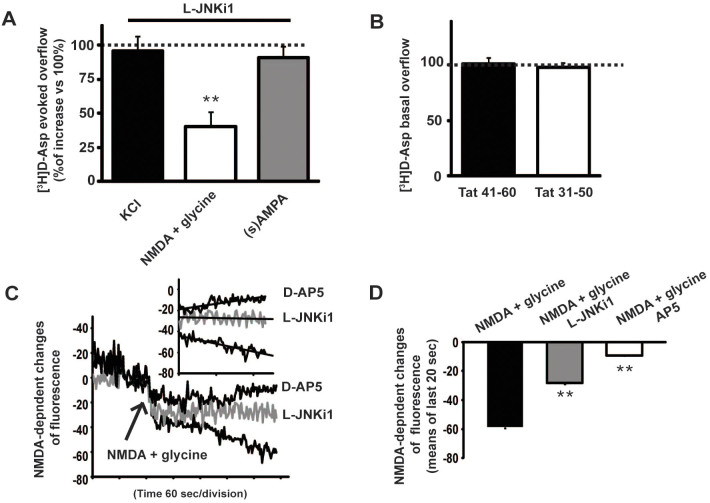Figure 2. Effect of JNK inhibitor on evoked-glutamate release and fluorescent dye exocytosis.
(A) Mice cortical synaptosomes where treated with the JNK inhibitor L-JNKi1 (2 μM) for 30 min before stimuli as indicated. Among the other stimuli, the JNK inhibitor was able to decrease the release of glutamate evoked by NMDA (100 μM) + glycine (1 μM). Results measured as neurotransmitter overflow are normalized vs. the evoked release (at 100) without L-JNKi1. Means ± s.e.m. n = 3 experiments run in triplicate (three superfusion chambers for each experimental condition), **p < 0.01 vs 100% of NMDA-evoked release, Tukey's test. (B) Tat 20 mer (41–60) (2 μM) and (31–50) (2 μM) were used as control for the peptide L-JNKi1 which contain a sequence of the Tat protein (48–50) used as cargo for cell permeability. Both the 20 mer contains the cargo sequence and none of them were able to modify the basal release of glutamate in cortical synaptosomes. The synaptosomes loaded with radioactive neurotransmitter were treated with the Tat 20 mer. Results are measured as neurotransmitter overflow are normalized vs the basal release (at 100) without 20 mer Means ± s.e.m. n = 3 experiments run in triplicate (three superfusion chambers for each experimental condition), Student's t-test (C) Wild-type mice cortical synaptosomes were preloaded with Synaptogreen, a fluorescent dye that is incorporated in the presynaptic release vesicle. Synaptosomes were then incubated, where indicated, with L-JNKi1 30 min before stimuli. Representative traces of Synaptogreen fluorescence decadence are here shown. L-JNKi1 reduced the fluorescence run-down evoked by NMDA (100 μM) + glycine (1 μM). As control the NMDA inhibitor D-AP5(50 μM) has been also used. To better appreciate the effect of the inhibitor traces of the last 2 min of the experiment have been graphed in the little panel. (D) Quantification of the fluorescence decadence upon NMDA + glycine stimulus. Data are calculated as mean of the last 20 sec of the experiments. Means ± s.e.m. n = 4, **p < 0.01 vs NMDA alone, Student's t-test.

